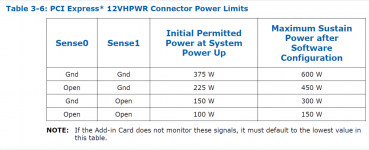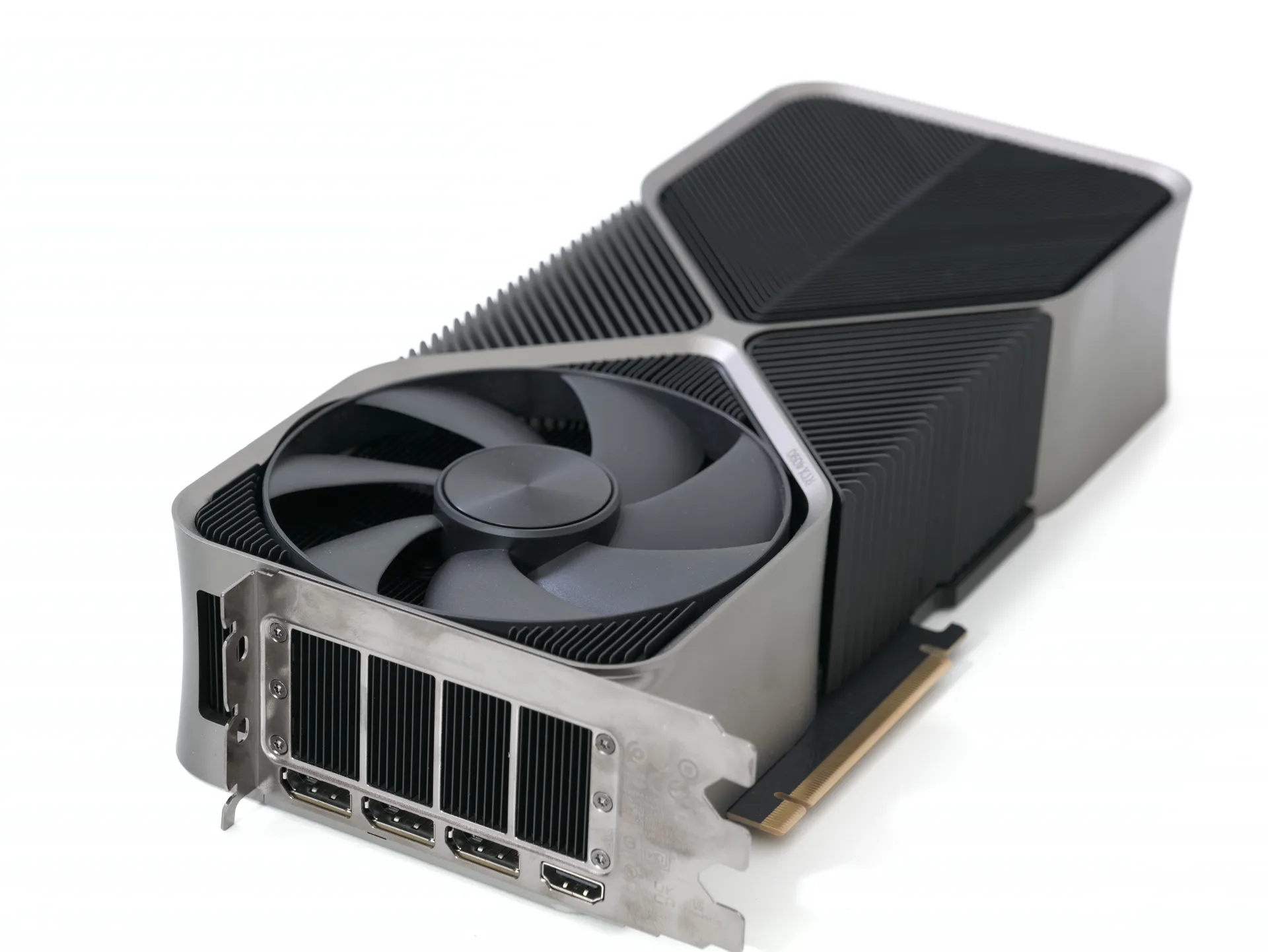- Joined
- May 6, 2019
- Messages
- 12,634
- Points
- 113
User error and foreign object debris are two of the main reasons why some GeForce RTX 4090 owners have ended up with melted connectors, according to a new in-depth investigation by GamersNexus' Steve Burke that shows footage of a 12VHPWR power connector bubbling and smoking alongside one of NVIDIA's Founders Editions cards.
See full article...
See full article...


